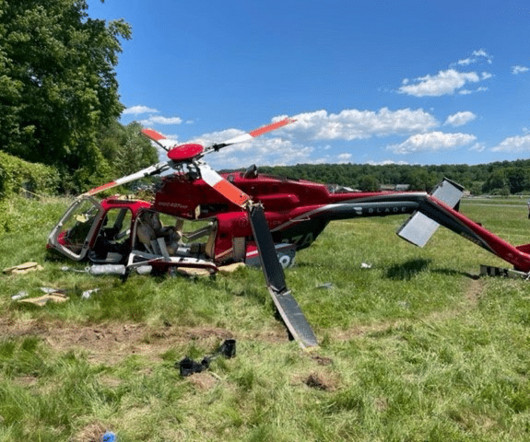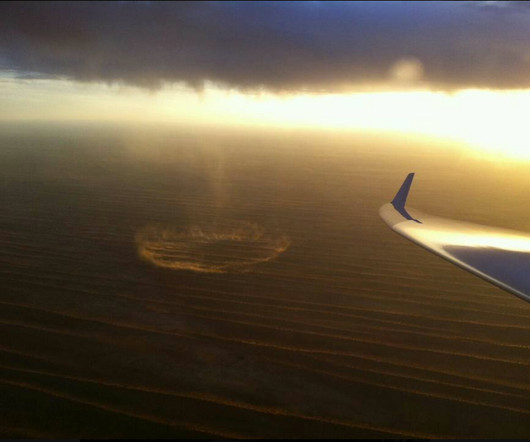Unbolted in Fairfield (Update on the 2022 Bell 407 GXP Crash)
Fear of Landing
APRIL 19, 2024
The operator confirmed that the tail rotor had been installed the day before the accident. A mechanic had found a worn feathering bearing in the tail rotor hub and blade assembly. The tail rotor’s responses and vibrations are measured in order to adjust the weights of the rotor blades and/or the alignment of the rotor assembly.











Let's personalize your content